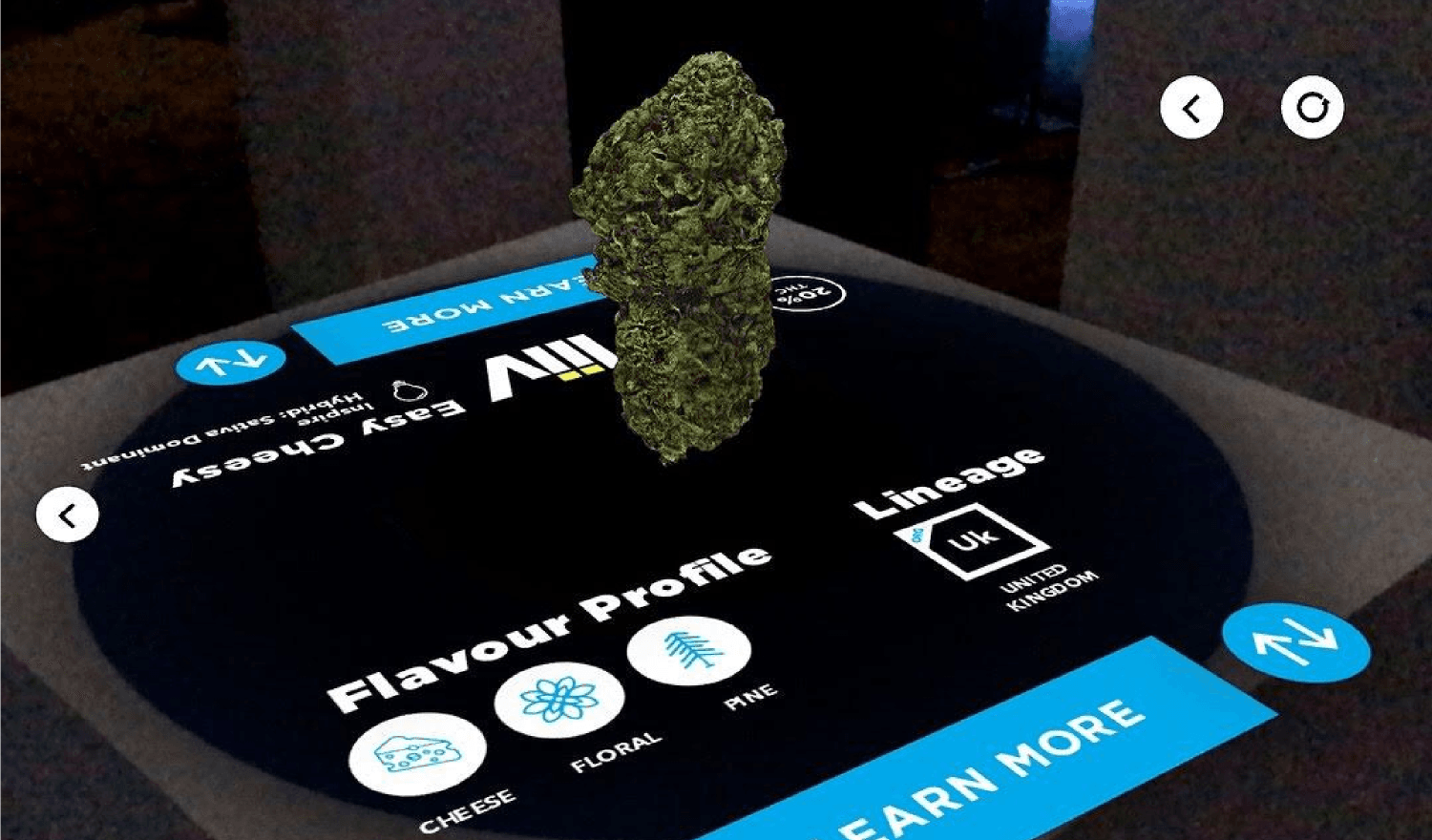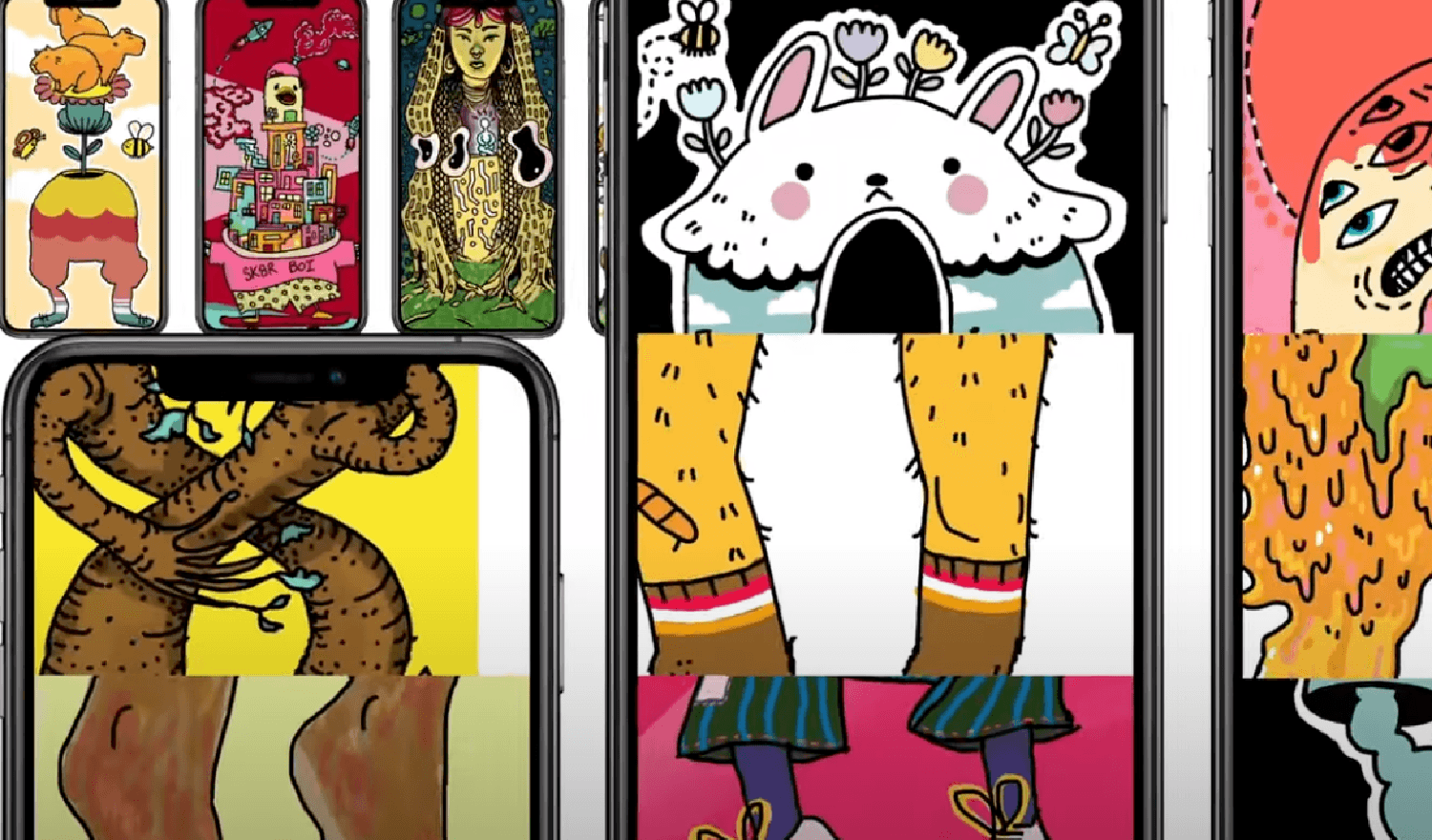AR Cannabis.
AR Cannabis is a tablet-based Augmented Reality (AR) tool designed for cannabis education. Users interact with AR cannabis strains by pointing their device camera at client logos, which then reveal strain characteristics and genetic lineages. Developed for a leading brand in Canada's cannabis industry, the app aimed to promote brand awareness and educate users at market events. Released privately on iTunes in the summer of 2018, it was launched in conjunction with a brand launch party and has since been showcased at various industry events.

The Specs.
- Role: Lead Developer
- Technologies used: Unity, C#, Vuforia SDK
- Development time: 3 months
- Publication: Showcased at private marketing events in Canada

The Specs.
- Role: Lead Developer
- Technologies used: Unity, C#, Vuforia SDK
- Development time: 3 months
- Publication: Showcased at private marketing events in Canada
Challenges.
- Writing shaders to handle high-resolution visuals without glitches on tablets.
- Developing an AR viewing system architecture that could adapt to various content triggers.


Challenges.
- Writing shaders to handle high-resolution visuals without glitches on tablets.
- Developing an AR viewing system architecture that could adapt to various content triggers.

Solutions.
- Created optimized shaders that ensured high performance and visual quality across different tablet devices.
- Designed a flexible AR architecture that was content-agnostic, allowing the system to be easily adapted for different types of triggers and content.

Solutions.
- Created optimized shaders that ensured high performance and visual quality across different tablet devices.
- Designed a flexible AR architecture that was content-agnostic, allowing the system to be easily adapted for different types of triggers and content.
Successes & Lessons Learned.
- The product significantly elevated the client's brand presence, and user feedback was overwhelmingly positive, enhancing engagement and satisfaction at marketing events.
- This project taught me the importance of component-based architectural design, allowing for greater flexibility and scalability in AR applications. I developed a deeper understanding of balancing high performance with visual fidelity, which has enriched my approach to both AR development and user experience design.


Successes & Lessons Learned.
- The product significantly elevated the client's brand presence, and user feedback was overwhelmingly positive, enhancing engagement and satisfaction at marketing events.
- This project taught me the importance of component-based architectural design, allowing for greater flexibility and scalability in AR applications. I developed a deeper understanding of balancing high performance with visual fidelity, which has enriched my approach to both AR development and user experience design.

Find Yourself Westworld
AR engagement.
Venture further into my work.

DrawnTogether
Collaborative creation.
